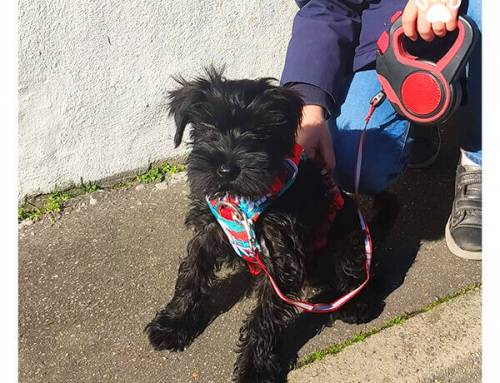
You can also read this article in Dogo App.
While correcting behavior in positive training is allowed, it should be approached carefully. Positive training focuses on rewarding desired behaviors rather than punishing undesirable actions. However, it is important to remember that dogs also need to learn boundaries and limits to avoid potential harm to themselves or others. The key is to correct the behavior in a way that is gentle and non-threatening, without causing fear or anxiety in the dog. This can be achieved by redirecting the dog’s attention to something positive or using a firm but calm voice to interrupt the behavior
Chasing your dog in order to get the shoe back or pulling on a blanket will make it only more amusing to your friend and encourage the behaviour. Instead try using positive reinforcement techniques to discourage unwanted behavior. For example, rewarding your dog with treats or praise when they exhibit good behavior can be an effective way to encourage them to continue this behavior. You can also use toys or games to redirect their attention away from destructive behavior. It is important to remain patient and consistent in your approach, as it may take some time for your dog to learn and remember the desired behavior.
In the situation, think of “What you want your dog to do instead”. For example, offer a chew toy instead, ask for a few obedience tricks and start engaging with your dog. It is your responsibility to schedule regular play sessions and interactions with your dog so they don’t seek your attention with this negative behaviour, which will definitely catch your attention.
Regular training sessions and playtime with your dog can not only prevent negative behavior, but also strengthen the bond between you and your furry friend. In addition to scheduled playtime, incorporating small training exercises throughout the day can help reinforce good behavior and keep your dog engaged and mentally stimulated. For example, asking your dog to sit or stay before giving them their food can be a simple but effective way to reinforce obedience and good behavior. Remember to keep the training sessions short and fun, as dogs respond best to positive reinforcement and rewards.
Create a Personalized Training Plan for your Dog




